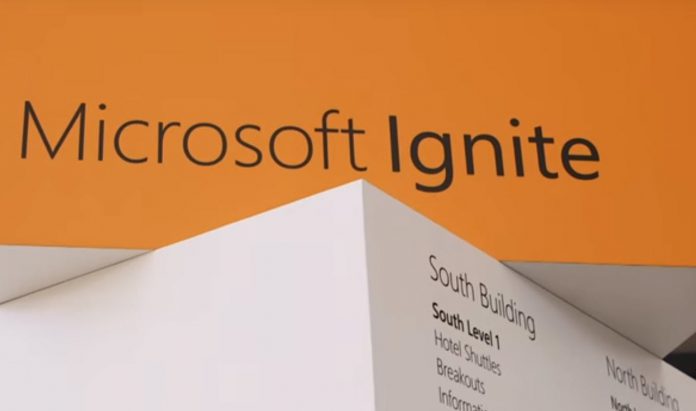It is unclear if those services will be replaced or whether Microsoft Endpoint Manager is a standalone suite. The latter seems more likely as the product contains other services. For example, it provides Device Management Admin Center (DMAC) and Desktop Analytics. Furthermore, there is a feature called co-management, which allows devices using SCCM or Intune to be managed. Microsoft has promised Endpoint Manager will include intelligent features such as actions. “Microsoft Endpoint Manager is the convergence of Intune and ConfigMgr functionality and data — plus new intelligent actions — offering [a] seamless, end-to-end management solution without the complexity of a migration or disruption to productivity,” explained Brad Anderson, corporate vice president of Microsoft 365, in the announcement.
Details
Alongside the announcement, Microsoft changes its advice for customers using its client device management solutions. “Comanagement” is a feature Microsoft announced a few years ago. However, organizations were confused by its purpose and believed it was just a tool for transitions. “So, let me be very clear — this vision includes both ConfigMgr and Intune,” Anderson said. “Co-management isn’t a bridge; it’s a destination.” Anderson also touched on Microsoft plan to change licensing in the coming months. The company’s goal is to simplify the licensing process for customers. “To make this easier for you as well, we’re also announcing today that we’re simplifying licensing, and we are making the licensing to Intune available to all ConfigMgr customers to co-manage your Windows devices. If you would like to manage non-Windows devices through Microsoft Endpoint Manager, you will need to purchase either an Intune license, an Enterprise Mobility & Security (EMS) license, or a Microsoft 365 E3 or higher license.”




